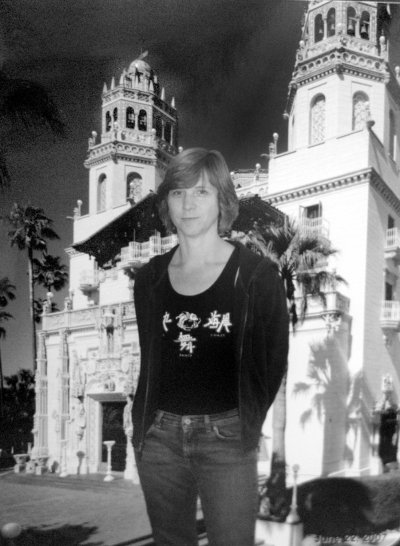- Lake County News Reports
- Posted On
'License to Wed' not always blissful comedy
LICENSE TO WED (Rated PG-13)
A reasonable question to ask: whatever happened to the brilliantly manic Robin Williams, sharp-tongued with his acerbic wit? The answer won’t be found in his latest film, “License to Wed,” which serves him up as an oddly creepy minister where his comedic talent is based on his unhinged mental state.
The sign of a weak script is that Williams’ Reverend Frank is often reduced to spouting clichéd double-entendres that are meant to be funny, but more often produce a groan-inducing feeling of discomfort at hearing such words emanate from a man of the cloth. It’s bad enough that the minister is an obnoxious character, but he also has an annoying young assistant (Josh Flitter) who is described as a “minister in training.”
In any event, “License to Wed” isn’t all bad, and that has more to do with the objects of Rev. Frank’s hellish boot camp for young couples on the verge of matrimony.
Sadie (Mandy Moore) and Ben (John Krasinski), both of whom seem kind of innocent and even klutzy, meet in cute fashion at a Starbucks, and after a seemingly too-short period of courtship decide to get married. Coming from an upper class background, Sadie nevertheless appears firmly rooted in reality, which is more than you can say for most of her family. Her divorced sister Lindsey (Christine Taylor) is hopelessly bitter, and her dad (Peter Strauss) is a stiff, pompous windbag who likes the sound of his own voice. The others are mostly alcoholics.
The affable Ben has an Everyman quality about him, as he goes about his normal routine of pleasing Sadie and still hanging out with his best buddy (DeRay Davis), who’s eager to offer advice regardless of its merits. Sadly, Ben will be put to a great test when Sadie decides that for family reasons she wants her wedding to take place in the church where Reverend Frank presides.
However, the wedding can’t take place until Ben and Sadie pass the “wedding class” conducted by the deranged reverend. After just one session, Ben should have had the good sense to call the whole thing off or insist on another venue for the nuptials. But then, Sadie’s family is a bit intimidating.
So the heart of this movie, aside from the inept development of any romantic chemistry, is the increasingly strange tasks to be accomplished in order to secure the Reverend Frank seal of approval. The first rule is an insistence on abstinence, which is oddly enforced by Reverend Frank sending his young henchman on a covert mission to plant a bugging device in the apartment Ben and Sadie share.
To measure compatibility, the minister insists that couples engage in full-blown disputes to see how they reconcile their differences. Then to assess parental skills, Ben and Sadie must care for twin robotic babies who throw tantrums and have bodily functions at the most inopportune moments.
It’s creepy enough that Reverend Frank and his minion are voyeurs spying on the most intimate details of a relationship. The ultimate insanity, however, is when Reverend Frank insists that Sadie drive a car in heavy traffic while blindfolded and with Ben giving directions.
At some point, you can’t help but wonder why the lovebirds don’t simply refuse an absurd assignment. Of course, then the filmmakers would be at an even greater loss on how to salvage a few more laughs from a plot line on an inevitable collision course.
Amidst all the physical humor, sex and bodily function jokes, pratfalls, and even humiliating situations, there are some laughs. “License to Wed” may not always be blissful comedy, but there is some humor in the film even though Robin Williams seems on a mission to undermine some of the comedic elements. Perhaps fitting for a movie using some character actors from TV’s “The Office,” the funniest scene goes to the hapless fellow in the marriage class who’s desperate to save a plate of potato skins.
Tim Riley writes film reviews for Lake County News.
{mos_sb_discuss:5}









